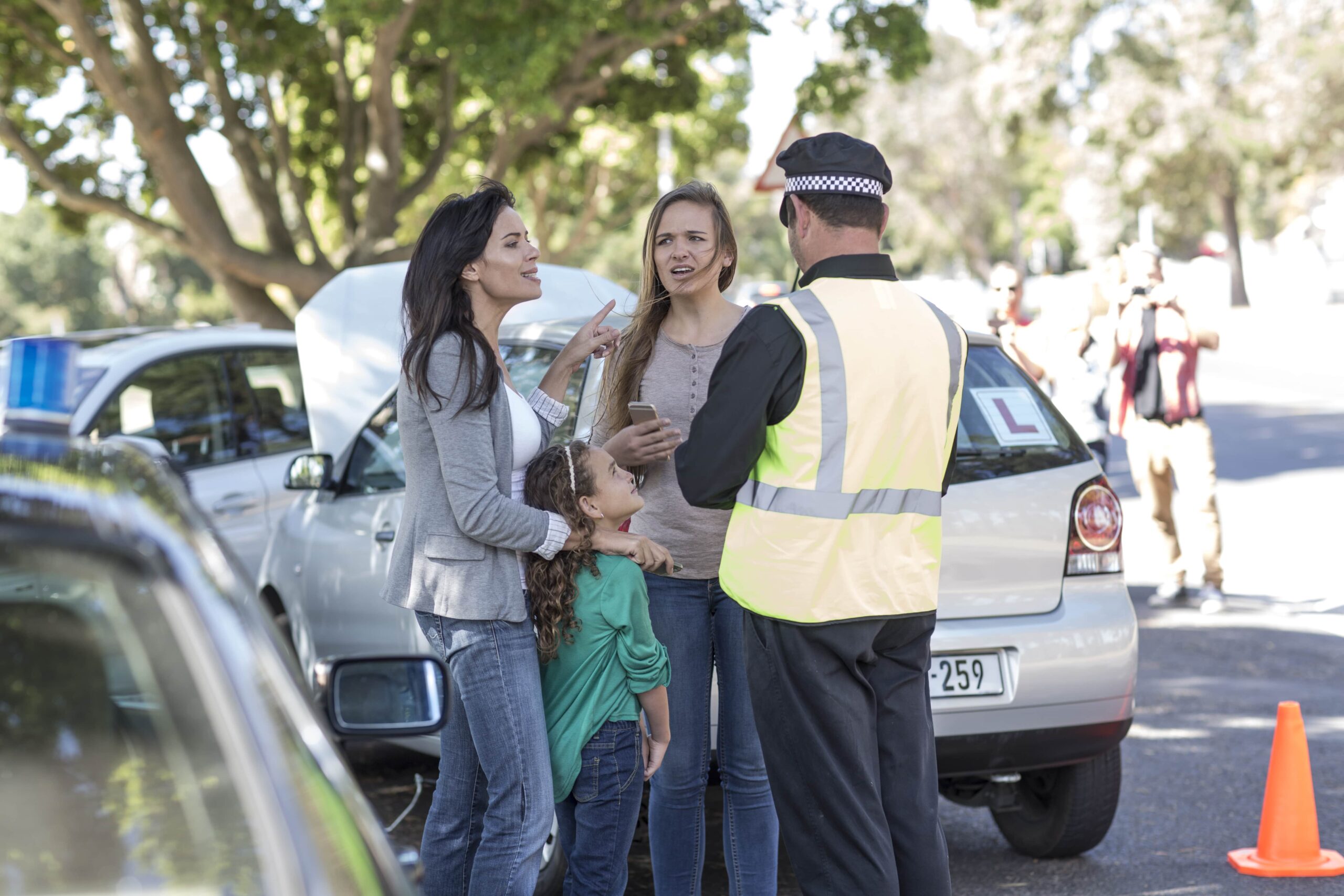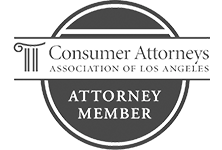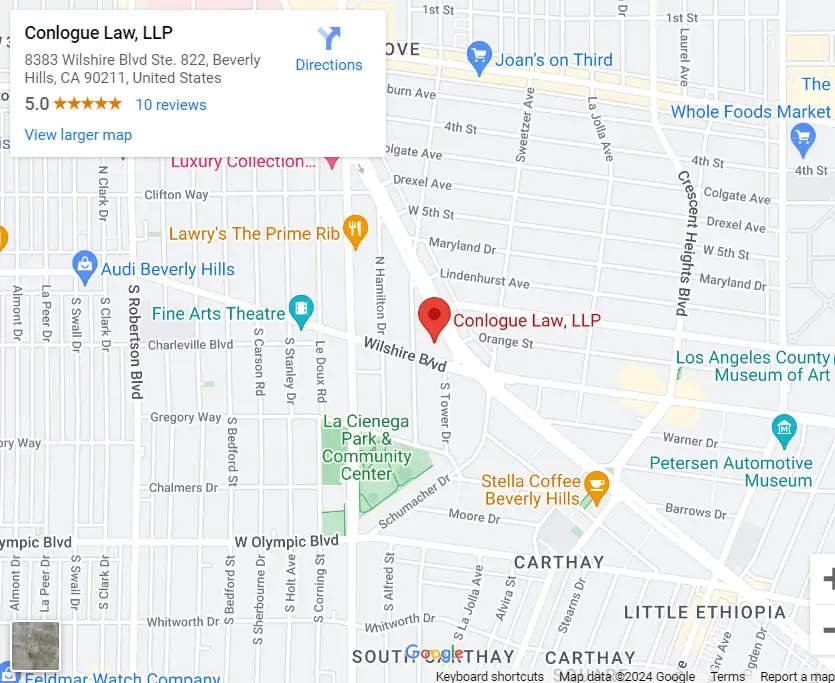What Steps Must You Take in the First 48 Hours After a Crash?
California roads see countless accidents each year, from minor fender-benders to severe collisions. When these accidents happen, having a car accident lawyer California by your side makes a real difference in your recovery journey. Getting California no-fault insurance accident lawyer advice early can protect your rights and help you understand your options for compensation.
The moments after a crash bring confusion and stress, but you don’t have to face them alone. Medical bills stack up quickly, insurance companies press for statements, and missed work days strain your finances. This guide breaks down the common types of car accidents in California and shows you clear steps to protect yourself. Read on to learn about your legal rights, time limits for filing claims, and how to get the compensation you deserve for your injuries, lost wages, and vehicle damage.
Short Summary
- Rear-end crashes top California’s accident list, often caused by distracted drivers. Head-on collisions prove deadliest due to combined speed forces. Side-impact accidents frequently occur at intersections when drivers ignore signals. Pedestrian and DUI-related crashes add to California’s high-risk road dangers.
- California law requires reporting crashes with injuries to police within 24 hours. Drivers must file a DMV report within 10 days for accidents causing injury or major damage. Exchanging insurance details and photos at the scene helps protect your claim. Missing these steps risks license suspension and claim denial.
- California’s fault system requires proof of liability for compensation. State law sets minimum coverage at $15k per person and $5k for property damage. Claims have strict deadlines – two years for injury lawsuits, three for property claims. Most cases settle through negotiations, but low offers may require court action.
- Photos of vehicle damage and road conditions strengthen accident claims. Witness statements become critical when fault disputes arise. Medical bills and work absence records prove financial losses. Detailed documentation counters insurance attempts to reduce payouts.
- California allows recovery for medical bills, lost income, and pain. Shared fault rules let you claim partial damages if partly responsible. Uninsured motorist coverage helps when drivers lack insurance. Legal help often increases settlement amounts by challenging lowball offers.
Types of Vehicle Collisions in California
California’s roads see various types of car accidents, each with unique causes and consequences. Understanding these collision types helps drivers stay alert and know their rights after a crash. Here are the most common accidents that lead to insurance claims and legal action in California:
Rear-End Collisions
These crashes happen when one vehicle hits another from behind, making up nearly one-third of all California accidents. The damage ranges from minor bumper dents to severe injuries that need long-term medical care. If you’ve been injured, a rear-end collision attorney serving California can help you understand your legal options. Consider these key factors about rear-end collisions:
- A rear-end crash often results from distracted driving or following too closely. Drivers checking phones, adjusting radio controls, or eating while driving may not notice when traffic ahead slows down, leading to sudden impacts that can cause serious harm to both vehicles and passengers.
- The force of impact in these collisions frequently causes whiplash and spinal injuries. Even at speeds as low as 5 mph, passengers can suffer neck strain, back problems, and soft tissue damage that may take months to heal and require extensive medical treatment.
- Insurance companies often try to minimize these injuries as “minor accidents.” However, medical research shows that rear-end crashes can cause lasting damage to the spine and nervous system, leading to chronic pain and disability that affects daily life and work ability.
Head-On Collisions
When two vehicles crash front-to-front, the combined force creates some of the most devastating accidents on California roads. These accidents often lead to fatal injuries or permanent disabilities that change lives forever. Here’s what makes these collisions particularly dangerous:
- The physics of head-on crashes multiply the force of impact. When two cars traveling at 45 mph collide head-on, the impact force equals hitting a wall at 90 mph, which explains why these accidents often result in catastrophic injuries or death.
- Wrong-way drivers and impaired driving cause many head-on crashes. Drunk drivers, tired truckers, or confused elderly drivers may drift into oncoming traffic, giving other drivers little time to react and avoid the collision.
- Medical costs from head-on collisions often exceed insurance limits. Victims typically need emergency surgery, extended hospital stays, and years of rehabilitation, making it vital to explore all possible sources of compensation.
Side-Impact and T-Bone Accidents
These accidents occur when one vehicle strikes another at a perpendicular angle, usually at intersections or parking lots. The side areas of vehicles have less protection than front and rear zones, making these crashes particularly dangerous for passengers. Here’s what you need to know about T-bone accidents:
- Most T-bone crashes happen because drivers run red lights or stop signs. A split-second decision to beat a yellow light can result in hitting another car broadside at full speed, causing severe injuries to passengers on the struck side.
- Side airbags and reinforced doors provide some protection, but not enough. Modern safety features help reduce injury severity, but the limited crumple zone on vehicle sides means passengers still face high risks of broken bones, internal injuries, and head trauma.
- Determining fault in T-bone accidents often requires detailed investigation. Multiple factors like traffic signal timing, witness statements, and vehicle damage patterns help establish which driver violates traffic laws and bears responsibility for the crash.
Additional High-Risk Accidents
California roads see other dangerous crash types that need special attention. These accidents often involve vulnerable road users or impaired drivers:
- Pedestrian accidents spike in urban areas, especially during rush hours and at night. Crosswalk violations and distracted walking contribute to these crashes. Injuries often prove severe because pedestrians have no protection against vehicle impact.
- DUI crashes increase on weekends and holidays, causing preventable deaths and injuries. Drunk drivers often cross center lines or run red lights, leading to severe crashes. Victims can seek both criminal and civil penalties against impaired drivers.
- Lane change accidents happen when drivers fail to check blind spots or signal turns. These crashes often occur on highways during heavy traffic. Sideswipe damage can force cars off the road or into other vehicles.
Legal Requirements After an Accident
California law sets specific rules for what drivers must do after a car crash. These requirements protect everyone involved and help ensure fair handling of injury claims and insurance matters. Following these steps carefully strengthens your position if you need to seek compensation later.
-
- Immediate Reporting Obligations: The first moments after an accident are important for fulfilling legal duties and protecting your rights. In California, you must report any injury-related crash to the police within 24 hours and file a DMV report within 10 days if injuries or damages exceed $1,000. Failing to report can lead to license suspension and insurance issues. Always exchange contact, vehicle, and insurance details with other drivers, and take photos for accuracy.
- Insurance Requirements: California follows a fault-based system for car accidents, which impacts insurance claims. Every driver must carry at least $15,000 in injury coverage per person, $30,000 per accident, and $5,000 for property damage, though higher limits offer better protection. Under comparative negligence, you can still recover damages if partially at fault, but your compensation decreases by your percentage of responsibility. While not required, uninsured motorist coverage can help cover medical bills and repairs if the other driver has no insurance or flees the scene.
- Documentation Needs: Good documentation strengthens your insurance claim or lawsuit by proving what happened and the extent of your losses. Take plenty of photos and videos at the scene, including vehicle damage, road conditions, and traffic signs. Get witness contact information and statements right away, as their accounts can be key in proving fault. Keep detailed records of medical care, expenses, and lost wages to ensure you can claim your full damages.
How to File a Car Accident Claim in California with Injuries
The process of filing a car accident claim in California follows specific steps and deadlines. Understanding these requirements helps protect your right to compensation and increases your chances of receiving fair payment for your injuries and losses. Let’s examine the key stages of filing and pursuing your claim.
- Initial Steps: What you do right after an accident can greatly impact your claim. Getting medical care immediately is important, as some injuries don’t show symptoms right away. Notify your insurance company within 24 hours but stick to basic facts and avoid discussing fault too soon. Be cautious with recorded statements, as insurers may use them to reduce your compensation—seeking legal advice first can help protect your rights.
- Claims Process Timeline: California law imposes strict deadlines for accident claims, and missing them can cost you compensation. Insurance companies must acknowledge your claim within 15 days and decide on payment within 40 days, providing written explanations for any denial. You have two years from the accident date to sue for personal injuries, even if negotiations are ongoing. Property damage claims allow three years, so keep repair estimates and receipts to document your losses.
- Settlement Negotiations: Most car accident claims settle out of court, but getting a fair deal takes time and strategy. Insurance adjusters investigate your claim quickly, reviewing reports and records to decide its value. The first settlement offer is often low, so don’t accept it before fully assessing your injuries and future costs. If negotiations stall, filing a lawsuit can push the insurance company to offer a better settlement before trial.
How Soon Should You Contact a California Car Accident Attorney?
Car accidents turn lives upside down in seconds, and dealing with the aftermath shouldn’t be a solo battle. At Conlogue Law LLP, our California car accident attorneys see how these crashes affect families every day from mounting medical bills to lost wages and ongoing pain. We help accident victims get the money they deserve, whether it’s a rear-end collision, T-bone crash, or head-on accident. Our results speak through the millions we’ve recovered for clients just like you.
Time matters in accident claims, and quick action builds stronger cases. Book a free consultation with our team to learn your rights and options. Beyond car accidents, we handle personal injury cases, civil rights violations, maritime accidents, and complex trials against big corporations. We work on a no-win, no-fee basis, meaning you pay nothing unless we win your case. Let our attorneys fight for every dollar you deserve while you focus on healing. Contact us today to start your path to recovery.








